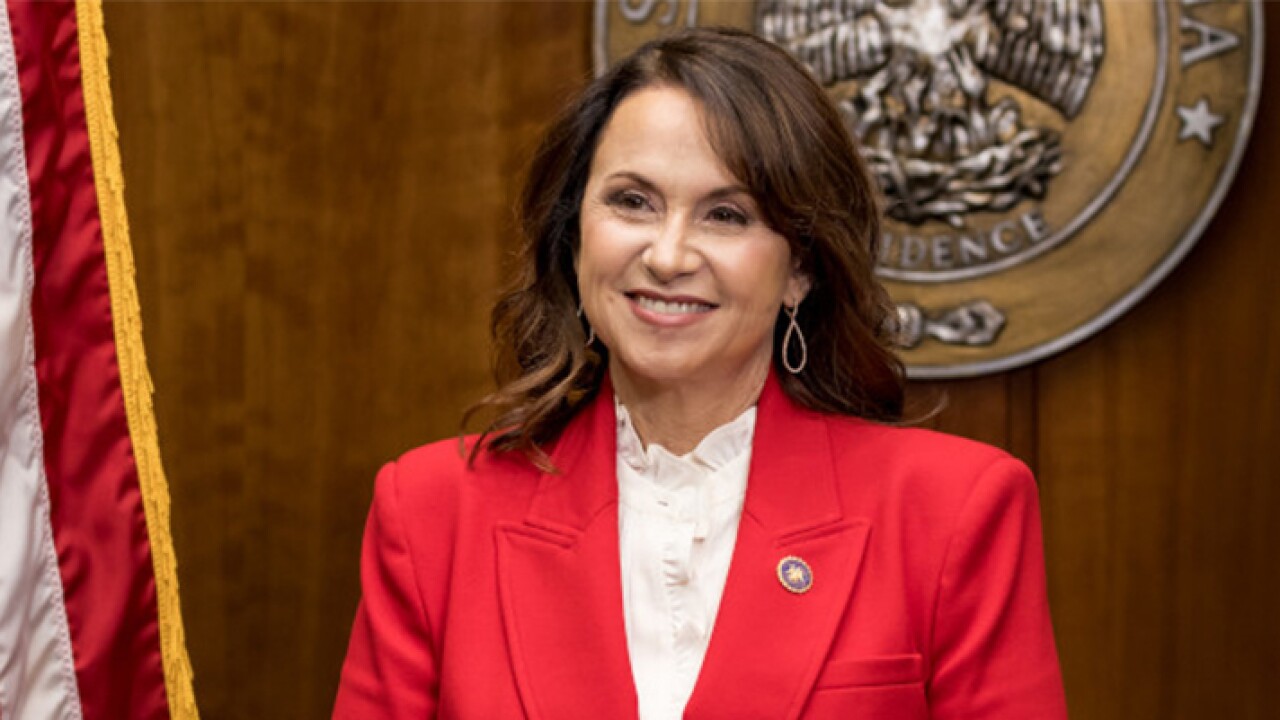WASHINGTON — The August producer price index data were much softer than expected, with a 0.1% decline for the overall figure rather than the 0.2% rise expected, the first decline since February 2017, according to data released by the Labor Department Wednesday.
Weakness in trade services and food were key factors, but at the same time, a 0.1% decline for the ex. food and energy reading was well below the 0.2% gain expected. PPI ex. trade services, food, and energy was up 0.1% after a 0.3% gain in the previous month, but the year/year rate for that underlying measure still ticked up.

As a result, the year/year rates of inflation slowed dramatically in August. Overall PPI is now up 2.8% y/y vs 3.3% in July. At the same time, ex food and energy PPI moved down to 2.3% y/y vs 2.7% in July. However, PPI ex food, energy and trade services is now up 2.9% y/y vs 2.8% in July.
The personal consumption price measure in the data, which some analysts use as a preview measure for the CPI and PCE price data, was flat both overall and excluding food and energy, suggesting softer readings for the other inflation data still to come for the month. Outside of food, energy and trade services, the personal consumption measure was up 0.3%. The year/year rates for all three measures were above 2%.
Energy prices posted a 0.4% increase in August after a 0.5% decline in July, with a 0.6% rise in gasoline prices a key factor. Food prices fell 0.6% in the month on widespread declines, while the volatile trade services component was down 0.9% in August after a 0.8% decline in July.
When the large drops in trade services and food and energy gain are stripped away, the 0.1% gain in the remaining items and the further increase in the year/year rate shows some strength in the underlying data, helped by a 0.7% rise in passenger car prices. As a result, this data should not be a deterrent to the FOMC when it meets in a few weeks. The CPI data will be released on Thursday and should provide more context.





